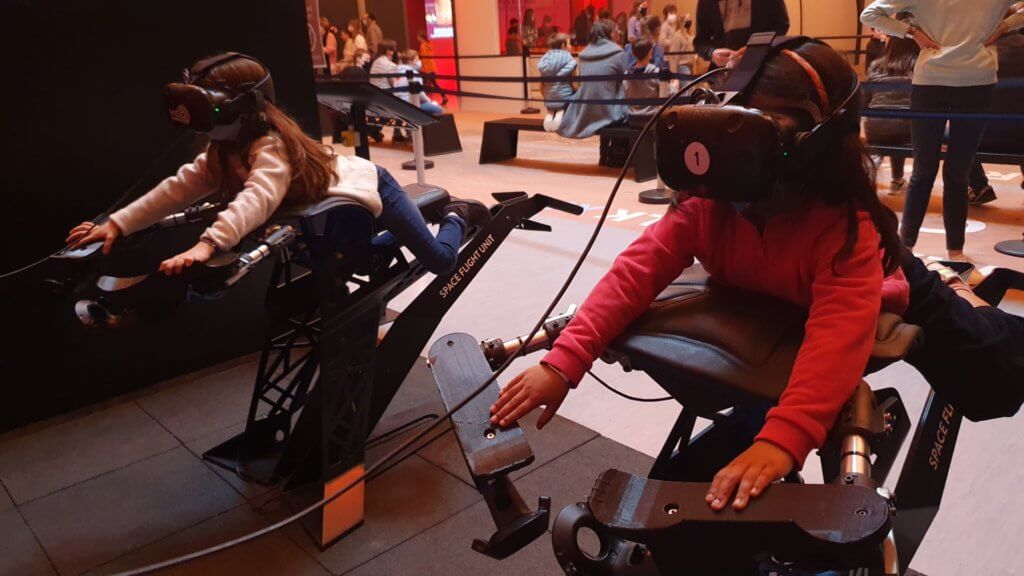By Sonia Livingstone and Kruakae Pothong
- UNCRC (Article 31) requires that “States Parties recognise the right of the child to rest and leisure, to engage in play and recreational activities appropriate to the age of the child and to participate freely in cultural life and the arts.” (UNCRC, 1989, Article 31).
- Further, General Comment 17 explicitly calls governments’ attention to the qualities of play – creativity, imagination, experimentation, enjoyment, spontaneity, emotional balance and more. Governments must support play’s vital role in learning, social interaction, cognitive and physical development, self-efficacy, and fullest development for all children without discrimination or exclusion (United Nations Committee on the Rights of the Child, 2013b; 2021).
As with all Convention rights, the right to play must be understood holistically in relation to children’s other rights. The UNCRC is binding for all governments worldwide, except the USA, which has not ratified it. It addresses governments as the primary duty bearer for children’s rights, notably in relation to education, health, law enforcement and welfare, and it recognises further duty bearers including, importantly, businesses and parents.
The guiding principles of non-discrimination (Article 2), best interests (Article 3.1), and the rights to life, survival and development (Article 6), and to be heard (Article 12) apply to play as to children’s civil rights and freedoms and their rights to privacy and protection from harm. Efforts to realise these and all other rights must take into account children’s evolving capacity, balancing children’s need for parental guidance and their growing independence (Article 5).

Children’s right to play has been considered a ‘forgotten right’ (Hughes, 1990). Children often lack the time, space and resources to play as they wish or need. The United Nations Committee on the Rights of the Child (2013) has been “concerned by the poor recognition given by States to the rights contained in article 31 …[which] results in lack of investment in appropriate provisions, weak or non-existent protective legislation and the invisibility of children in national and local-level planning” (General Comment 17, para 2).
The right to play applies equally in the digital environment, where global businesses are often the primary actors, challenging the jurisdiction of states, and where users’ ages and circumstances may be unknown to digital providers, challenging their provision of age-appropriate services. During the drafting of General Comment 25 on the digital environment, children told the United Nations Committee on the Rights of the Child (2021) “that adults may not understand the importance of digital play and how it can be shared with friends” (para 106). So, compounding neglect of the right to play in society’s widespread misunderstanding of children’s play in digital contexts.
A considerable body of literature has documented the constraints on children’s freedom to play at home, school and in their neighbourhood. In response, free play advocates draw on child rights frameworks to develop new thinking and practical tools to change social norms and support governments and other actors.[1] We applaud and support these efforts. But these rarely acknowledge that
“children are also at the forefront in using digital platforms and virtual worlds to establish new means of communication and social networks, through which different cultural environments and artistic forms are being forged” (United Nations Committee on the Rights of the Child, 2013, para 12).
Nor do they acknowledge that parallel design interventions might challenge the ways in which the digital environment also impedes children’s freedom to explore, experiment, make new friends, take risks or make mistakes online.
General Comment 25 (United Nations Committee on the Rights of the Child, 2021) highlights six ways to promote children’s play in the digital environment:
- Value the qualities of free play and children’s own views of their play (para 106)
- Identify the benefits of free play in the digital environment (para 107)
- Develop guidance for professionals, parents/carers and digital providers (para 108)
- Ensure a balance between digital and non-digital play (para 109)
- Promote “playful by design” and minimise “risky by design” (para 110)
- Position digital play within a child rights framework (para 111)
Playful by Design addresses each point on this agenda and invites digital providers, designers and policymakers with the power to realise children’s best interests and right to play to take it forward.
In our work, we have offered new thinking and practical insights for digital providers and designers to enable children’s free play in ways that respect, protect and fulfil their rights. As a child rights approach requires, the report adopts a holistic lens, embracing the range of children’s needs and rights rather than falling into false binaries of protection vs participation or good tech vs bad tech or child-designated spaces vs public spaces. Relatedly, we took our lead from child-led play that often blurs online and offline spaces and that seeks out the qualities of free play wherever children are.
Avoiding nostalgic imaginaries of children running wild in the fields, we recognise that children’s play always takes place in environments heavily shaped by adults, whether individuals or organisations, for better and for worse. For this reason, we have prioritised the qualities of free play, as revealed by children’s talk and decades of research, to understand how these can be designed into the very infrastructure of products and services in the digital environment.
Notes:
[1] See European Network of Ombudspersons for Children (2020), Livingstone et al. (2021), Play Scotland (2020) and UNICEF (2016).